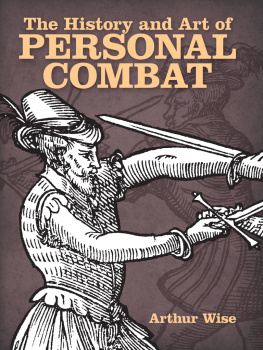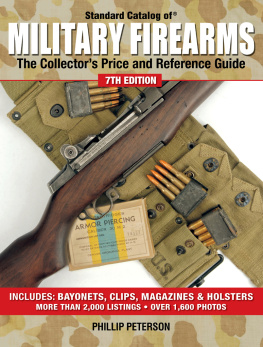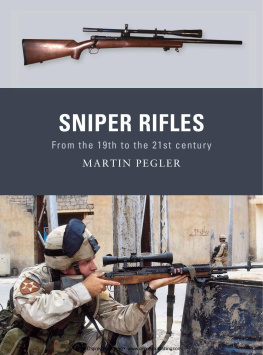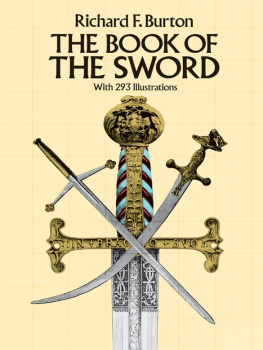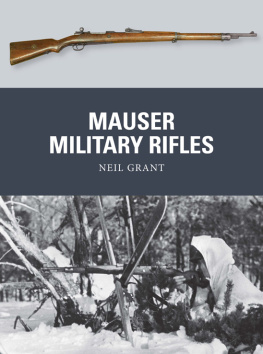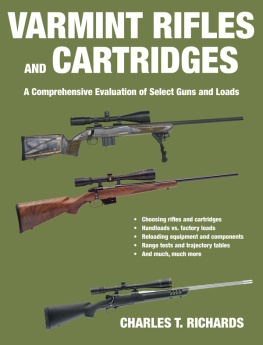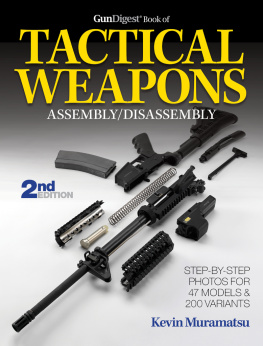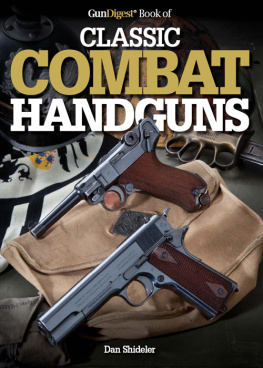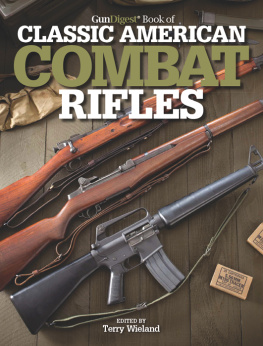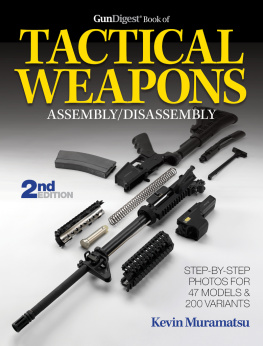Arthur Wise - The History and Art of Personal Combat
Here you can read online Arthur Wise - The History and Art of Personal Combat full text of the book (entire story) in english for free. Download pdf and epub, get meaning, cover and reviews about this ebook. year: 2014, publisher: Dover Publications, genre: Art. Description of the work, (preface) as well as reviews are available. Best literature library LitArk.com created for fans of good reading and offers a wide selection of genres:
Romance novel
Science fiction
Adventure
Detective
Science
History
Home and family
Prose
Art
Politics
Computer
Non-fiction
Religion
Business
Children
Humor
Choose a favorite category and find really read worthwhile books. Enjoy immersion in the world of imagination, feel the emotions of the characters or learn something new for yourself, make an fascinating discovery.
- Book:The History and Art of Personal Combat
- Author:
- Publisher:Dover Publications
- Genre:
- Year:2014
- Rating:3 / 5
- Favourites:Add to favourites
- Your mark:
- 60
- 1
- 2
- 3
- 4
- 5
The History and Art of Personal Combat: summary, description and annotation
We offer to read an annotation, description, summary or preface (depends on what the author of the book "The History and Art of Personal Combat" wrote himself). If you haven't found the necessary information about the book — write in the comments, we will try to find it.
A comprehensive history of classical and historical swordsmanship, this volume details uses of the broadsword, two-hander, and rapier as well as the dagger, bayonet, and halberd. Vintage engravings, line art, photographs, and other illustrations grace nearly every page and the author touches on other types of modern weapons, including rifles and handguns.
The History and Art of Personal Combat — read online for free the complete book (whole text) full work
Below is the text of the book, divided by pages. System saving the place of the last page read, allows you to conveniently read the book "The History and Art of Personal Combat" online for free, without having to search again every time where you left off. Put a bookmark, and you can go to the page where you finished reading at any time.
Font size:
Interval:
Bookmark:

The History and Art of
PERSONAL
COMBAT
Arthur Wise
Dover Publications, Inc.
Mineola, New York
Copyright
Copyright 1971 by Arthur Wise
All rights reserved.
Bibliographical Note
This Dover edition, first published in 2014, is an unabridged republication of the work originally published by Hugh Evelyn Ltd., London, in 1971. All of the original color plates have been reproduced here in black and white. However, the plates between pages 56 and 57 also appear in full color on the inside covers.
Library of Congress Cataloging-in-Publication Data
Wise, Arthur, 1923
The history and art of personal combat / Arthur Wise.
p. cm. (Dover military history, weapons, armor)
Originally published: London : H. Evelyn, 1971.
Summary: A comprehensive history of classical and historical swordsmanship, this volume details uses of the broadsword, two-hander, and rapier as well as the dagger, bayonet, and halberd. Vintage engravings, line art, photographs, and other illustrations grace nearly every page and the author touches on other types of modern weapons, including rifles and handgunsProvided by publisher.
Includes bibliographical references and index.
eISBN-13: 978-0-486-77997-3
1. Hand-to-hand fightingHistory. I. Title.
GV1111.W76 2014
796.81dc23
2013024959
Manufactured in the United States by Courier Corporation
49281801 2014
www.doverpublications.com
CONTENTS
CHAPTER ONE
In the Beginning: Early Attitudes
CHAPTER TWO
The Individualists
CHAPTER THREE
The Ascendancy of the Sword
CHAPTER FOUR
Cut or Thrust?
CHAPTER FIVE
The Supremacy of the Point
CHAPTER SIX
Transition
CHAPTER SEVEN
The Perfection of Theory and Practice
CHAPTER EIGHT
The Decline of the Sword
CHAPTER NINE
Gun Fighters
CHAPTER TEN
Other Ways to Kill a Man
For Madge and Hubert Westerman
PREFACE
Violence has been an inescapable fact of human life since the beginning of time. It has been the ultimate arbiter of all conflicts between individuals and between nations. In a very real sense, the history of violence is the history of humanity. Man is a violent animal with a veneer of civilised behaviour just covering the surface. It is not surprising, then, that through the years he has given a great deal of thought to the most efficient ways of inflicting physical damage on his kind.
This book is an attempt to trace the development of one aspect of that thought, and the practice that has arisen from it the aspect of personal combat. It is not directly concerned with mass warfare, motivated by national policy, but with this question: when two men met for the purpose of inflicting physical damage on one another, how did they go about it?
Yet this is to over-simplify. The formal duel of the seventeenth and eighteenth centuries, with sword or pistol, clearly falls within our terms of reference. It was highly personal, in the sense that only two individuals were involved at the centre of it. In the majority of cases the individuals were not strangers to one another; they had a strongly emotional relationship with one another. Again, they were not participating in some game that stopped short of the logical outcome. They were motivated by a determination to do one another to death. But what of other combatants? What of the man with rifle and bayonet advancing up the slopes of Thiepval ridge during the battle of the Somme? He is one man amongst many millions of others, yet when he meets and fights a single member of the enemy, armed like himself, then he is engaged in personal combat, despite the mass combat that is taking place around him. So is the commando or the war-time agent when he stalks his opponent, comes personally to grips with him and kills him. There is, as it were, a relationship between them, not necessarily of hatred but certainly of violence. And this relationship is an essential feature of personal combat.
For this reason the fighter pilot comes within our terms of reference, whilst the bomber pilot does not. In essence, the fighter pilot is concerned with one opponent at a time. He selects a particular opponent and this selection establishes a relationship between them. When he presses the firing button, he does so with the intention of killing a particular individual in an opposing fighter aircraft. His opponent, by being there at all, has as it were thrown out a challenge which he has accepted. Conversely, the activities of the bomber pilot are impersonal. In the first place his target is too far away from him for any personal relationship with it to exist. In the second place when he releases his bomb-load he is not directing it at a particular individual, but at a general target on the ground. In most cases the target is not even human. It might be a marshalling yard or an arms factory. People are killed as a result of his activity, but their deaths are generally incidental to his main intention. Perhaps more important, from our point of view, once the bombs are released there is nothing that the people on the ground can do to prevent them striking the earth and exploding. There is no personal skill they can bring to bear that can influence the event. By contrast, consider the position of two fighter pilots involved in combat with one another. Neither aircraft is markedly superior or inferior to the other. Each has its merits and disadvantages. The dice are not hopelessly loaded against either of the combatants when the combat starts. They start on a basis of reasonable equality, and they pit their individual fighting skills against one another. Both these factors reasonable equality of opportunity and individual fighting skill are essential features of personal combat.
It is unfortunate that the current attitude to human violence is to condemn it as bestial and dismiss it. It is an attitude that has much in common with the Victorian attitude to sex. The condemnation is understandable, but the peremptory dismissal means that we refuse to come to grips with the phenomenon and so try to make sense of it. Certainly the use of the word bestial shows how little we know of human violence, since there is not much of the beast about it. Animals, according to Desmond Morris, do not engage in the duel as we understand it. According to Morris, animals fight for two reasons to establish dominance in a social hierarchy, and to establish territorial rights. The human animal fights for both these reasons. Yet much human combat seems to have been concerned with neither of them. The victor of a duel, for example, does not necessarily enhance his social position. Indeed, society has always frowned on his activities, frequently imprisoned him for them and at times gone so far as to put him to death for them. Yet there is a kind of subterranean social approval of male aggression which presents us with an alarming dichotomy. The popular image of the man successful with women, for example, as projected through fiction and through advertising, is of a fighting man, of a physically aggressive creature, certainly not of an intellectual giant. Fighting prowess is very much tied up with the image of sexual success. What the victor of a duel was really concerned with enhancing was not his dominance in a social hierarchy but his self-esteem.
Besides this difference in motivation, the fight itself is different in man from that in other animals. An animal, says Morris, prefers to avoid combat if possible. It would have been unthinkable for the seventeenth-century French duellist to have avoided combat, once the scene for it had been set. Indeed, he positively sought it, even where no good reasons for it existed. The threat-signals in animals the puffing up of specialised parts of the body and aggressive hair-erection are designed to dissuade an opponent from engaging in actual combat. Similar signals, of course, are an integral part of human combat, though their intention is frequently different. In the human duel, for example, such signals are not intended to persuade an opponent to avoid combat, but rather to sap his confidence and so diminish his skill in the forthcoming fight. As soon as the enemy has been sufficiently subdued, it ceases to be a threat and is ignored, says Morris, of the fight in the animal world. Yet this, in human personal combat, is the very moment to strike, to deliver the
Next pageFont size:
Interval:
Bookmark:
Similar books «The History and Art of Personal Combat»
Look at similar books to The History and Art of Personal Combat. We have selected literature similar in name and meaning in the hope of providing readers with more options to find new, interesting, not yet read works.
Discussion, reviews of the book The History and Art of Personal Combat and just readers' own opinions. Leave your comments, write what you think about the work, its meaning or the main characters. Specify what exactly you liked and what you didn't like, and why you think so.

